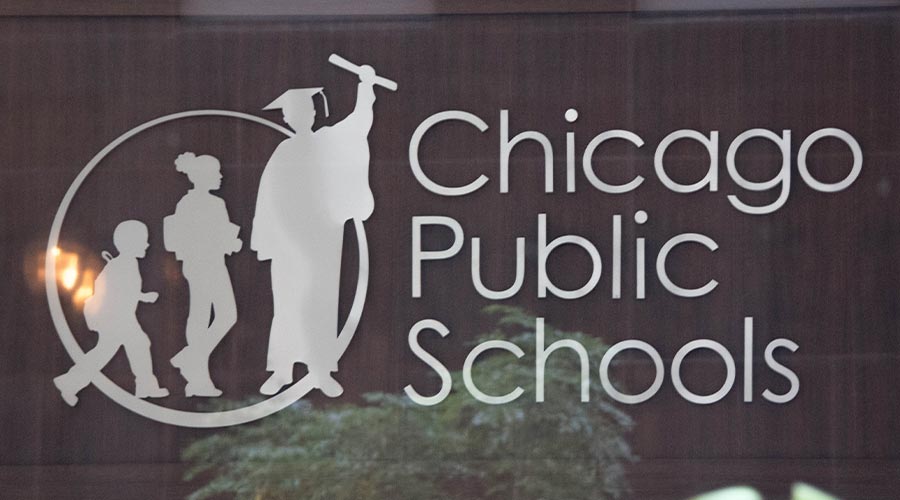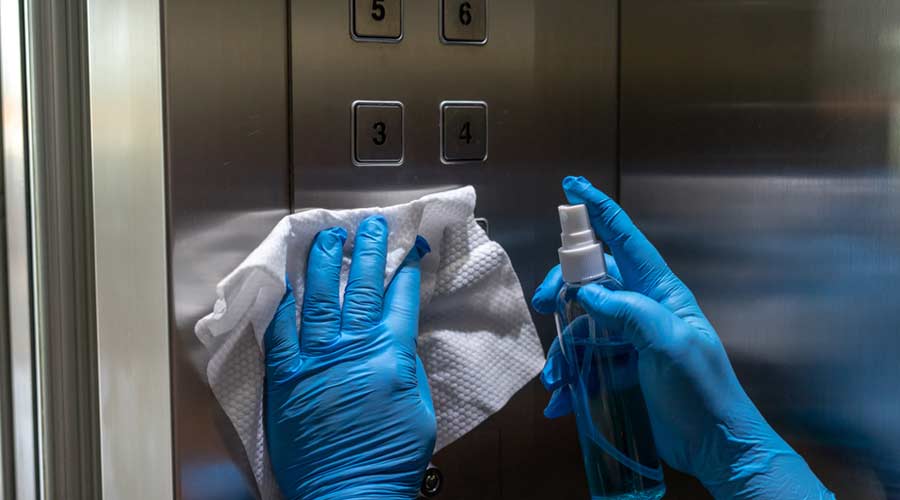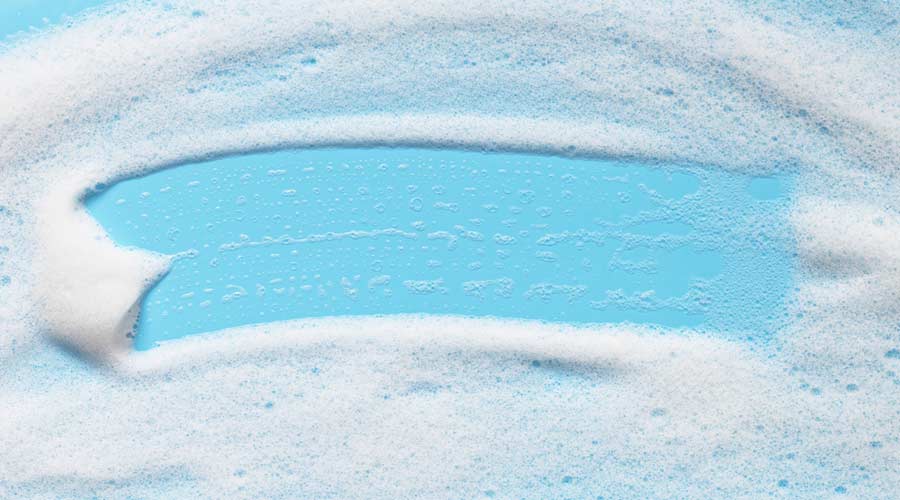
As CPS began phasing away from its building service contractor, the district was also taking a closer look at its third area of concern: equipment and supplies. Prior to the transition, bulk orders of supplies were delivered from the contractor to schools on a monthly basis. But not all schools needed the same supplies at the same time, and storage space varied based on the individual school.
“We started seeing supplies sitting outside custodial closets where they could be damaged or stolen,” notes Hansen. “When we asked why they weren’t in the closet, we found out they didn’t have space for them; they already had 10 cases of toilet paper, and they’d just received six more.”
CPS began crunching numbers and determined that bringing equipment and supplies in-house would not only save the district money, but it would ensure that schools didn’t either run out of supplies or have a surplus.
“We wanted to create PAR (periodic automatic replenishment) levels for each building, so we weren’t just dumping off blanket supplies,” says Hansen. “We started working with supply companies to get a more granular look at what each building needs. Now we review orders and deliver supplies weekly instead of delivering a month’s worth of supplies that schools don’t have space for.”
The district has also invested in the latest technology to improve productivity. New equipment purchases include autonomous floor machines pre-programmed to clean hallways while custodians perform other jobs. And once tasks are completed, they can document their work via a mobile software solution, providing facilities management with real-time analytics to track and validate cleaning activities.
Autonomous equipment isn’t the only technology in use in the district. CPS uses workloading software that helps frontline workers identify cleaning needs and communicate efficiencies to facility staff.
“Custodians can scan QR codes in every space in the school as they clean and document their results,” says Hansen. “Now facilities management and school staff have confirmation that the space has been cleaned.”
A Cleaner Future
Chicago Public Schools has made significant headway in their transition to in-house cleaning, but the change is neither easy nor quick. Hansen advises other facilities looking to transition to in-house cleaning to have at least a six-month runway — depending on the scale of the program — to ensure everything is taken care of, such as hiring and training custodians and managers.
“The transition was difficult because it was quick, but in hindsight we should have tried to do it in six months,” he says. “We were already starting to lose workers and managers on the contract side, because they knew we were phasing them out, so some things fell through the cracks.”
Today, CPS has 1,200 in-house custodians and about 1,100 contract custodians. When asked if the district plans to transition to 100-percent in-house custodians, Hansen indicated that budget constraints, the sheer size of the district and alignment with SEIU locals will factor into the final decision.
Until then the district’s 50/50 split is working in its favor. School-level stakeholders are enthusiastic about the staffing changes and have noticed significant improvements.
“Cleaning outcomes have changed for the better because of our ability to respond quickly,” notes Hansen. “We still have buildings that aren’t always cleaned to the level that staff may want, but now we’re addressing issues faster because we have in-house resources. The end result is better.”
Kassandra Kania is based out of Charlotte, North Carolina, and is a frequent contributor to Facility Cleaning Decisions.
Chicago Public Schools Going In-House Boosts Cleaning Results

 The Down and Dirty on Cleaning in Virus Season
The Down and Dirty on Cleaning in Virus Season How Surfactant Use is Expanding in Commercial Cleaning
How Surfactant Use is Expanding in Commercial Cleaning Operational Excellence Series 2025: Better Budgeting
Operational Excellence Series 2025: Better Budgeting